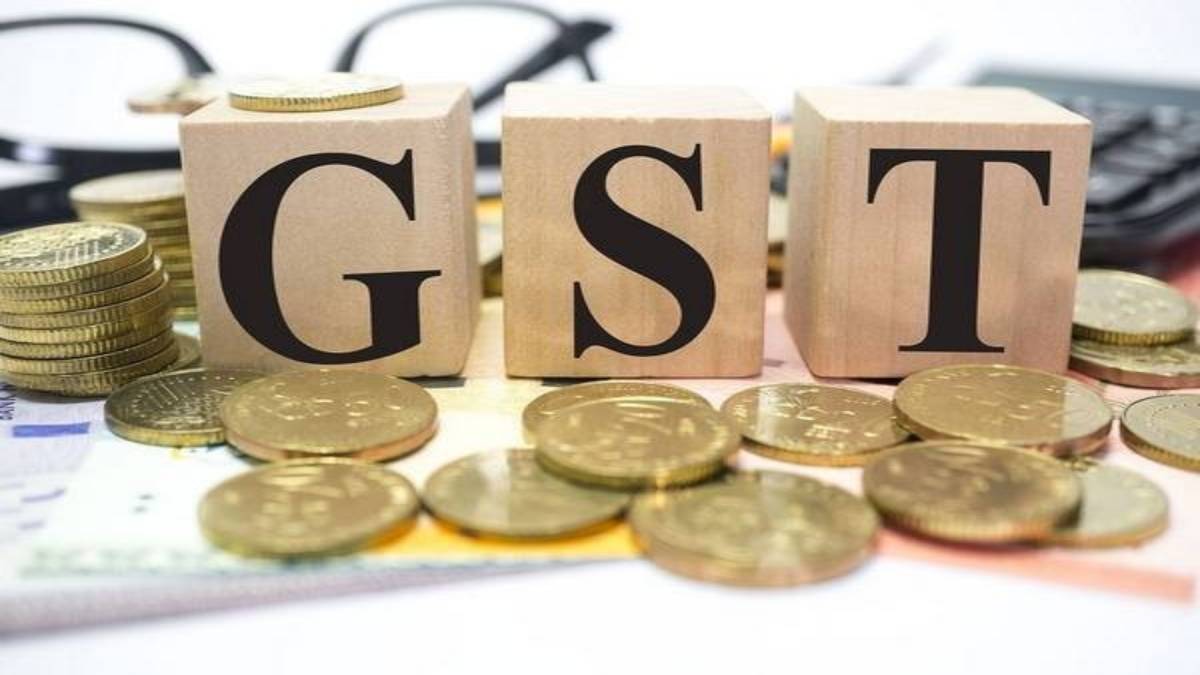India’s Goods and Services Tax (GST) collections for June 2025 rose 6.2% year-on-year to ₹1.85 lakh crore, up from ₹1.74 lakh crore in June 2024, according to official data released on Tuesday. This uptick comes amid a broader trend of rising tax compliance and domestic consumption.
While June’s figures marked an annual increase, they were lower than May’s ₹2.01 lakh crore and the record-high ₹2.37 lakh crore collected in April 2025. Officials noted that geopolitical uncertainties may have tempered consumer sentiment, contributing to the sequential decline.
The month saw growth across all tax segments—Central GST, State GST, Integrated GST, and cess—compared to the same period last year. Regions such as Nagaland, Sikkim, Tripura, Lakshadweep, and Ladakh registered strong growth, indicating heightened economic activity and continued government infrastructure spending in these areas.
Saurabh Agarwal, Tax Partner at EY India, remarked, “This uplift suggests increased consumer activity and a sustained infrastructure push in emerging regions—positive signs for regional development.”
In FY 2024–25, India’s GST system achieved a significant milestone with record gross collections of ₹22.08 lakh crore, representing a 9.4% increase over the previous fiscal. The average monthly collection stood at ₹1.84 lakh crore—the highest since GST’s rollout in July 2017.
Collections have shown consistent growth over the years—from ₹11.37 lakh crore in FY 2020–21 to ₹20.18 lakh crore in FY 2023–24—reflecting stronger economic momentum and improved compliance.
As of April 30, 2025, India had over 1.51 crore active GST registrations, highlighting growing participation in the formal tax system.
Introduced in 2017, the GST system aimed to streamline indirect taxation and ensure revenue protection for states. The latest figures reaffirm India’s economic resilience and the GST regime’s evolving strength in supporting fiscal consolidation and development goals.





